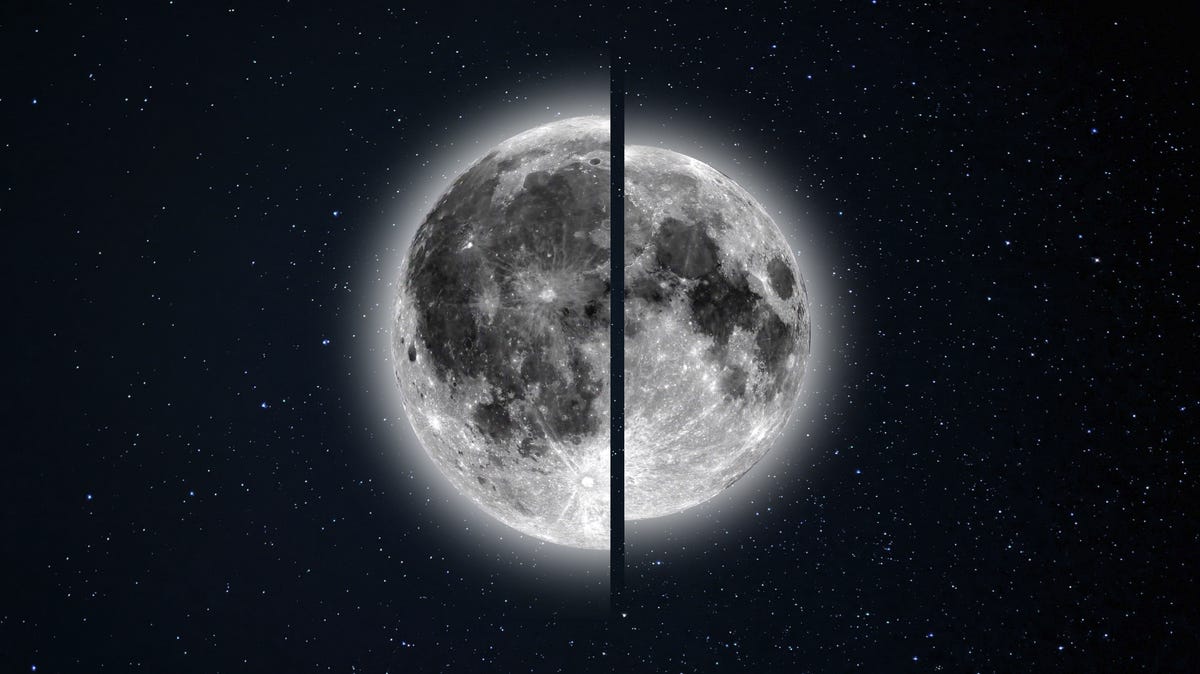A super close Supermoon will occur this week. The moon will be as close to Earth as it can get this month, fully illuminated for skywatchers, according to the Earth Sky, a science website that provides daily news and information on astronomy and space.
The supermoon is set to rise on Wednesday, Nov. 5, with peak illumination at 8:19 a.m. ET. It will rise low on the horizon and, like the October Harvest moon, it will rise around the same time for several nights.
It the weather permits, this visual phenomenon will be low in the sky, making it perfect for photographing or simply taking in the crisp autumn evening sky.
So, what is a Supermoon?
The moon’s orbit is elliptical, or egg-shaped, rather than a perfect circle around the Earth. A supermoon is a celestial event where the moon’s orbit brings it closer to Earth than usual. When the Moon is full and it reaches its closest point to Earth, it is called a “supermoon.” As the Moon reaches perigee, the point when it is nearest to Earth in its orbit, the Moon will appear much larger and brighter.
The Nov. 5 supermoon will be the closest in 2025, at roughly 221,817 miles from Earth, according to EarthSky.org. That’s 2,782 miles closer to Earth than October’s supermoon, that was about 224,599 miles, which will make it appear even larger for skywatchers.
Your brain makes comparisons between the moon and everyday objects, such as buildings, which are much smaller than the moon itself, when it is close to the horizon. The comparison causes your brain to inflate the moon’s apparent size, giving the impression that it is enormous.
What is a Beaver moon?
The November full moon has been referred to as Beaver Moon. The phrase comes from a number of Native American and European customs and mythology.
One theory is that beavers construct dams and stockpile food in November in order to get prepared for the winter. Beavers were also trapped in November so that their thick, winter-ready pelts could be used to make warmer clothing, according to NASA.
How to get the best view of the supermoon
The moon will appear bigger and brighter when it is low on the horizon than when it’s higher in the skyline. Despite being a mental trick, this creates a breathtaking view. Tips for a better view:
◾Check moonrise times: Find moonrise and moonset times by checking local listings. Most weather and star-gazing apps will have them.
◾Location, location, location: Find a spot away from city lights and other light pollution, locate the moon in the sky and get comfortable.
◾No lights: Your eyes will need to adjust to the darkness, which could take 15 to 20 minutes.
If you miss this months supermoon, not to worry. The next supermoon will occur next month on Thursday, Dec. 4.
SOURCE: NASA, Space.com, EarthSky.org, BBC Sky at Night Magazine and University of Arizona, Lunar & Planetary Laboratory
Parts of story were previously published on Oct. 5, 2024.

